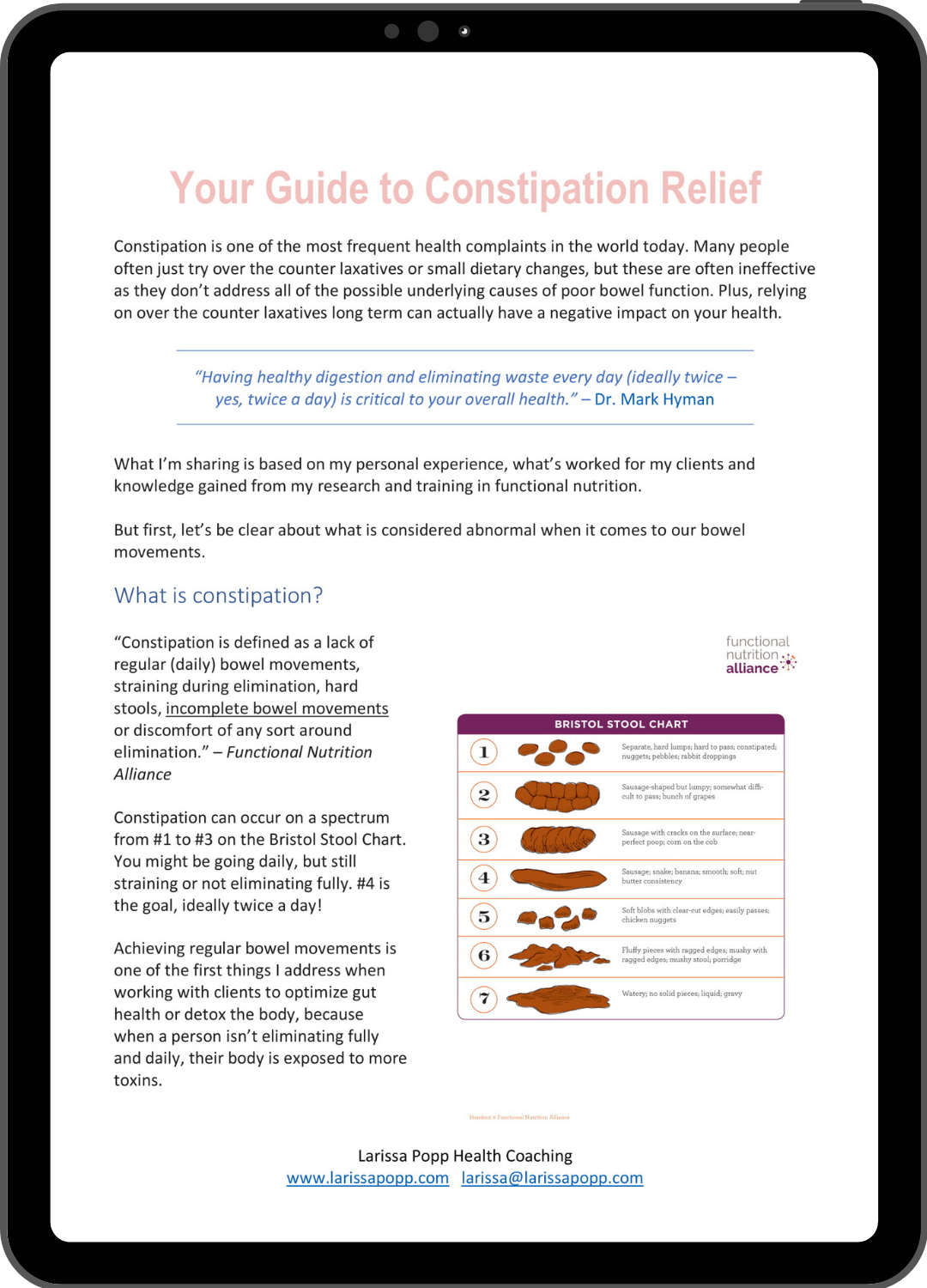Cruciferous vegetables, like broccoli and cauliflower, can potentially help to prevent DNA damage, prevent cancer and metastatic cancer spreading, boost your liver detox enzymes, activate defenses against pathogens and pollutants, boost brain health, increase the production of ATP, along with numerous other benefits.1,4
The component thought to be responsible for these potent benefits is sulforaphane.
“Beyond being a promising anti-cancer agent, sulforaphane may also help protect your brain, and your eye sight, reduce nasal allergy inflammation, manage Type 2 diabetes, and was recently found to successfully help treat autism,” says Dr. Greger in his book How Not to Die.
However, you may be making one BIG mistake when cooking cruciferous vegetables that is significantly reducing the amount of sulforaphane you actually consume.
The formation of sulforaphane requires the mixing of a precursor compound with an enzyme called myrosinase, which is inactivated by cooking.
But who loves eating raw broccoli and Brussels sprouts? And if you have low thyroid function, you have likely been advised to eat cooked cruciferous vegetables over raw ones.
Fortunately, there is an easy solution that can allow you to get the cancer-fighting and other sulforaphane benefits of raw cruciferous vegetables in cooked form.
When any raw cruciferous vegetable is chopped or chewed the sulforaphane precursor mixes with the myrosinase enzyme (like snapping a chemical flare), and sulforaphane is created.
Though the myrosinase enzyme is destroyed by cooking, both the precursor and final sulforaphane end product are resistant to heat.
Here’s Dr. Greger’s recommendation1,2 for preparing cooked cruciferous vegetables so you get maximum benefit from sulforaphane production:
Step 1. Chop your cruciferous vegetable, such as broccoli.
Step 2. Wait 40 minutes for the sulforaphane to be created.
Step 3. Cook until tender (just a few minutes if steaming or sautéing; mushy broccoli just isn’t very good tasting!)
Tip for broccoli soup: blend your ingredients first, before cooking, then wait 40 minutes to heat your soup.
What about frozen broccoli and cauliflower?
Since frozen veggies are blanched before freezing, the enzyme becomes inert and there is no way to produce sulforaphane.
Luckily, there is a solution!
Frozen cruciferous veggies still contain the sulforaphane precursor which is heat-resistant, so you just need to find a source of the myrosinase enzyme.
Since mustard greens are also cruciferous vegetables, you can just sprinkle a little mustard seed powder onto the frozen broccoli or cauliflower after cooking and it will significantly increase sulforaphane production.
And you can do the same with fresh cooked broccoli if you don’t want to wait 40 minutes between chopping and cooking.
Or you can add some horseradish or wasabi for the same effect. And only a pinch is needed! Or add a small amount of fresh greens to your cooked greens, such as a few shreds of purple cabbage.
Here’s a few recipe suggestions for preparing cooked broccoli and cauliflower:
Pan-seared broccoli with garlic – this method is both quick and delicious. Get the recipe here. And try serving it mixed with some hummus if you’re not a broccoli-lover.
Mashed cauliflower – just steam for about 6-8 minutes (or until fork tender), then mash by hand or in a food processor with some reserved cooking water or a little coconut or almond milk (for dairy-free option) + flavorings to your liking, e.g. roasted garlic, salt, pepper, herbs such as chives or thyme, or a pinch of mustard powder (or curry powder, which contains mustard powder) if you used frozen cauliflower or didn’t let your cut cauliflower sit for at least 4 minutes before baking.
Roasted cauliflower – This is by far my favorite way to prepare cauliflower! And you can do the same with broccoli. I usually slice the cauliflower thinly, or just cut into small florets, toss with some olive or coconut oil + sea salt, then bake until fork tender. Alternatively, you can slice into thick “steaks”, sprinkle with curry powder (which usually contains ground mustard) and roast at about 400 degrees F then top with a whipped lemon tahini sauce, or parmesan cheese. Note: if using olive oil, you might want to cook at 375 as most extra virgin olive oils have a smoke point between 375-405 degrees F.3 Here’s a recipe with video for a roasted curry cauliflower.
For whipped tahini sauce, I use ½ cup tahini, juice of ½ lemon, 2 Tbsp olive oil, and ½ tsp salt then whip it in my vitamix, or any blender or food processor will work. You can also whip by hand but it will take effort; there is a point at which the oil will start to separate and the consistency will be icky but just keep whipping/blending and eventually it will come back together into a nice smooth consistency.
Dr. Greger’s daily recommendation for cruciferous vegetables is 1 serving per day.1
1 serving = ½ cup chopped, ¼ broccoli sprouts, or 1 Tbsp horseradish or wasabi
Here’s a list of other cruciferous vegetables:
- Arugula
- Bok Choy
- Broccoli
- Broccoli sprouts (which contain 100x more sulforaphane than other cruciferous veggies)
- Brussels sprouts
- Cabbage
- Cauliflower
- Collard greens
- Horseradish
- Kale
- Kohlrabi
- Mizuna
- Mustard greens
- Radishes
- Rutabaga
- Turnips and Turnip greens
- Wasabi
- Watercress
To learn more about the scientific evidence behind the benefits of cruciferous vegetables, and sulforaphane in particular, watch this video by Dr. Rhonda Patrick.
References:
1 Dr. Michael Greger. How Not to Die: Discover the Foods Scientifically Proven to Prevent and Reverse Disease. 2017.
2 https://nutritionfacts.org/2016/02/09/how-to-cook-broccoli/
3 https://www.prevention.com/food-nutrition/a20470582/cooking-with-olive-oil/
4 Dr. Rhonda Patrick. Sulforaphane and Its Effects on Cancer, Mortality, Aging, Brain and Behavior, Heart Disease & More


